Diving liveaboard Zabargad
The island of Zabargad is located at 45 kilometers south of Marsa Alam, close to the reef system of St. John. But, unlike that system, Zabargad is far away at sea.
The location and terrain features
The reef occupies the entire southern part of the coast and the coastline of the island. Anchorages of the safari bots are arranged on the south side. Here, in contrast to the island Rocky, flows are not very strong. The reef itself is, moreover, relatively shallow, at depths of from 10 to 30 meters. The reef ends in a blade, abruptly disappearing into the depths. Therefore, both day and night dives are possible and incredibly interesting within diving liveaboard Zabargad.
The reef wall is located at a depth of 10-20 meters. It is quite canopy and very beautiful. Coral pillars, overhangs, canopies interspersed with cracks, passages, caves and caverns, in which a great variety of reef inhabitants is represented. In many places the wall is almost completely covered by a dense carpet of soft corals. In the caves, between ledges and cracks, it is almost always possible to meet fishes-butterflies, atiases, scorpens, fishes-crocodiles, Imperial fish-angels, swarms of glass fish. Visibility is usually not less than 25 meters.
Diving live aboard Zabargad: peculiarities of the reef's fauna
Reef wall gradually turns into a flat sandy slope. There is a fairly large number of detached reef pillars on the slope. Between them you can find very often blue and black spotted stingrays. At the bottom there is the opportunity to meet and rare benthic predator – lizardfish, as well as large groupers. Mollusks (octopuses, cuttlefishes, squids) appear here at night, making night dives even more interesting. Visibility during the day at least 25 meters, in good weather it can reach 30 meters. Water temperature in summer can reach 32 degrees, in winter - from 25 to 28 degrees.
Night dives are most often on the sandy slope. At night, the reef is transformed. It looks completely different, like a fairytale castle or a mysterious labyrinth. In addition, at the night in the shallows large pelagic fishes can rise: white and grey-headed sharks, barracudas.
There are numerous caves in the North-East side, in the upper part of the reef. In them, with some luck, it is possible to detect slugs and ciliated worms. On the West side of Zabargad, along with the wonderful gardens of solid corals, is what is left from a ship "Neptune", which has been sank here in 1981.
Ship for Safari
34 meters in length and almost 7 in width, made "Neptune" a fairly large boat. After using it since 1941 as a minesweeper, the ship was converted into a first ship for a sea Safari in Egypt. Heavy skipper error when transferring the ship from one anchorage to another has led to the fact that on 29 April 1981 "Neptune" strucked on a reef and just at few minutes settled by the stern and disappeared under the water.
On the sandy bottom, at a depth of about 24 meters, you can see today, by participating in the diving safari Zabargad, very few testimonies of the disaster: generator, many suitcases, a radar device, and a snorkel. But there is no trace from the hull. Since the reef has only a slight incline in that place, a boat could not slide in great depth, and had to stay here.
video
Reaktionen unserer Kunden
Unser Instagram
Kontakt

Russian, Arabic

Russian















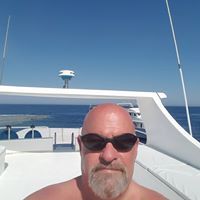


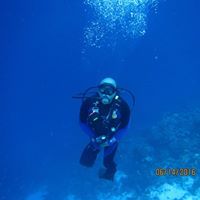

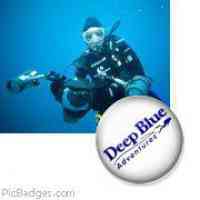
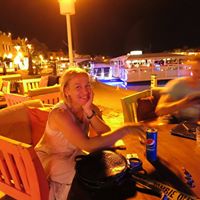
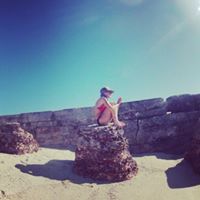


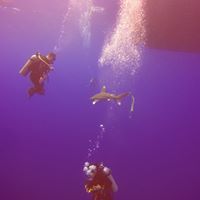






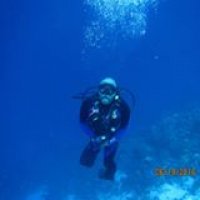
Leave a through: